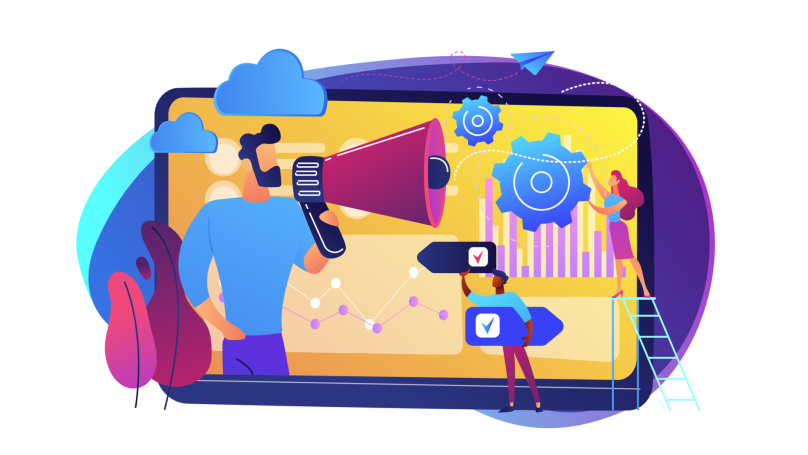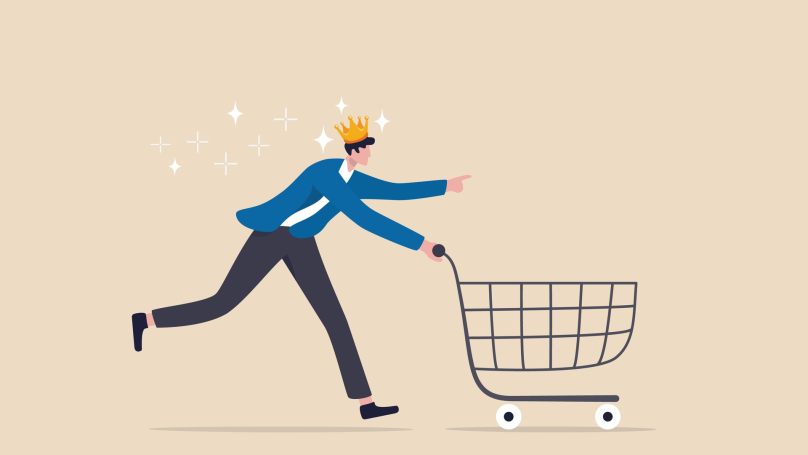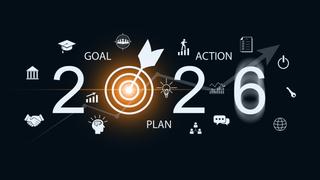Behavioral marketing
What is behavioral marketing?

Behavioral marketing relies on consumer behaviour and human psychology to influence economic decisions.
For a long time, people thought that consumers had been making their buying choices based upon the economic benefits; they simply bought things that enabled them to minimise costs and maximise benefits. However, in the early 2000s, psychologists discovered that human beings act and make their decisions not how economics and its experts imagined it. Humans have proved to be irrational and predictable in how emotions influence their buying choices. Understanding and using these emotions to promote and sell products gave rise to behavioral marketing. In simple terms, behavioral marketing combines the principles of economics and psychology, adapting all knowledge from both areas and selling more effectively.
Definition of behavioral marketing

Behavioral marketing doesn't have a precise scientific or professional definition. Instead, behavioral marketing is typically perceived as a customer-oriented strategy to study customer behaviour through data collection to create an effective advertising campaign, brand, or even a specific product.
Suppose we try to define what behavioral marketing is in terms of benefits. In that case, it is a set of actions that allows you to:
- Adapt an advertising campaign to a target audience . This is achieved by collecting data using technology giants like Google and personalising ads for audience sections, creating sales offers based on customers' wants and interests.
- Attract more potential customers . During behavioral marketing, specialists analyse data, which is at the heart of this kind of marketing. This data can also help attract new customers, reducing resources and financial investments.
- Increase sales . Through behavioral marketing, people can see and receive the products they really want, so they are more willing to buy them.
- Strengthen the relationship with your audience . Behavioral marketing is about advertising and selling whilst building relationships. The audience sees that their concerns and preferences are essential to the company. Thus, there is an increase in brand loyalty.
Likewise, using this approach means you can conduct a behavioral audit (analysing triggers, habits, and employee motivation) or personality marketing (promoting a personal brand).
Types of behavioral marketing

In practice, there are two types of behavioral marketing in an organisation:
- Data-driven marketing . Customer data analysis supplies insights into the consumer's shopping preferences and motives. The information gathers behavioral characteristics that help businesses to offer their consumers exactly the products that meet these characteristics. Therefore, targeting, email strategy, direct sales, etc., are formed based on these characteristics.
- Behavioral economics . Psychology and economics work together in tandem: sales and the promotion of products are based on specific thinking, feeling, and decision-making algorithms. A company adapts their products to these algorithms to increase sales.
The types of behavioral marketing also vary in their level of sophistication and relevance. Hence, data-driven marketing is an applied approach, while behavioral economics is theoretical. This is why behavioral economics is harder to implement in a business. It requires specific staff training, restructuring the company, and creating a "behavioral" laboratory for technical research concerning consumers and testing hypotheses. On the other hand, data-driven marketing is far easier to use; it shows customer behaviour patterns based on statistics and later optimises the sales channel, business processes, etc.
Behavioral marketing tools

Behavioral marketing would have been impossible forty years ago, when the Internet did not exist and, accordingly, there were no tools for collecting and analysing the behavioral characteristics of the audience. Today, the following online tools are actively used as part of behavioral marketing:
- Conversation Score analyses a Facebook page and displays data on its features, reach, etc.
- Hitalama conducts an analysis of Instagram profiles.
- User search query history (meaning keywords can give a broad idea of what is commonly searched for and how.)
- Information about the social life of users.
- Data about past orders and purchases (where new offers can then be developed, for example)
- Data entered by users during registration.
There are also plenty of free services and applications on social media that enable you to access data such as likes, user comments, etc. So, you can figure out the social affiliations of users, the time and extent of their activity, triggers, habits, motivation, organisational behaviour, etc. All of this allows you to choose which behavioral effects in marketing will be involved.
In particular, the following tools are used for the implementation of behavioral marketing:
- Email marketing;
- Retargeting;
- Targeting;
- Content creation;
- Formation of USP;
- Chatbots;
- Interactive design elements.
When choosing tools, the aspect of their application is crucial. Still, the primary factor depends on the characteristics of the selected audience segment.
Stages of implementing behavioral marketing

Behavioral marketing helps a business grow, engage with its audience, and sell. It is performed in three stages:
- Collection and analysis of data. At this stage, all communication channels used by a business are connected to gather the necessary information. This information should be the key to understanding the customer's motives when choosing a product, which offers are most relevant for them considering their habits, etc.
- Audience segmentation. Depending on the data obtained, including demographics, the audience is divided into groups united by common characteristics (or features).
- The use of the data obtained. A different behavioral marketing strategy is developed for each group based on their information.
Behavioral marketing examples

The following examples in marketing can help you develop your own vision when using this approach in your own business:
- Amazon. After amassing a customer base that, according to their order statistics, usually make purchases at the very last minute before the holidays, Amazon launched Valentine's Day ad on Facebook saying that any gift ordered would be delivered the next day.
- Shein. The online store uses notifications to encourage users who have left an item in their shopping basket and have not yet bought it to return to their website and complete their purchase.
- Coca-Cola. The company has set up a standalone product aimed at younger people who want to stay fit. Not only have they developed a sugar-free version of the drink, but they have also released a new kind of "slender" drink (where the bottle is longer and thinner compared with its predecessors).
- Guinness. In celebration of the Six Nations Rugby Cup, the Guinness drinks company launched a new product called "Guinness Clear", and an advertisement campaign with the slogan "Make It A Night You Will Remember." However, Guinness Clear proved to be just ordinary water, marketed under the Guinness brand. As a result, anyone who does not drink alcohol can drink the new drink whilst watching the game, thereby keeping company with their fellow drinkers.























